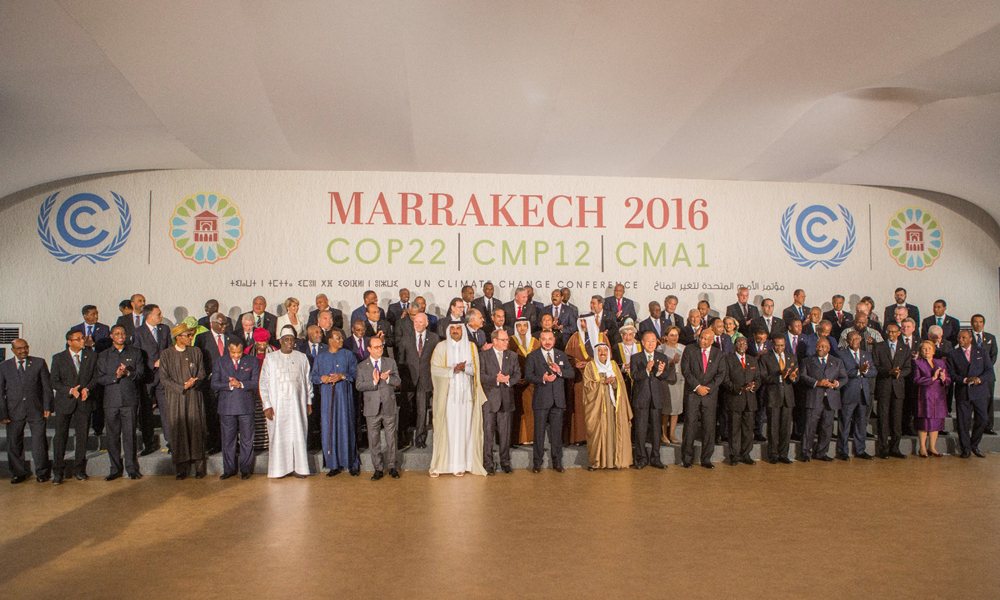
Nuclear Stations Generate 38% of Green Energy
back to contentsThe Paris Agreement was signed at COP21 in Paris on 12 December 2015. Its purpose is to curb the increase in the global average temperature by 2100 to well below 2°C above pre-industrial levels and keep the temperature growth within 1.5°C.
Kirill Komarov, Rosatom’s First Deputy CEO for Corporate Development and International Business, spoke about the role of nuclear power in achieving objectives of the Paris Agreement and its effect on CO2 emissions. “We promote nuclear stations based of VVER technology, which is safe, mature and one of the most referenced globally. Our recent project is Novovoronezh Unit 6 that was put into operation this August. We are proud that this is the first and only Generation III+ nuclear power reactor in the world. VVER-based nuclear stations have prevented 15 gigatons of CO2 from being emitted globally. This amount is equal to emissions of 40 coal-fired thermal power stations with a capacity of one GWe for 60 years. Currently, nuclear accounts for 48% of low-carbon generation in Russia. This is our contribution to the low-carbon future of our planet.”
Komarov also noted that the nuclear industry bore a great responsibility, “We must have safe nuclear stations and efficient spent nuclear fuel and radioactive waste management technologies. Rosatom’s latest innovations, including fast neutron closed cycle technologies, REMIX fuel and Gen 3+ reactors, with the first of them launched in Russia, let us succeed in these tasks.”
According to Dr. Hakima El Haite, Minister Delegate in Charge of Environment at the Ministry of Energy, Mining, Water and Environment of Morocco, the Russian Federation is an example of successful cooperation between the government and nuclear industry.
Earlier that day Kirill Komarov and Agneta Rising, Director General of the World Nuclear Association, held a press-conference on the sidelines of COP22. Its focus was on the role of nuclear power in achieving objectives of the Paris Agreement and global reduction of CO2 emissions.
Ms. Rising noted, “As the Paris Agreement calls on countries to have greater ambition, we believe it vital to aim the decarbonization of the power supply sector by 2050, using nuclear energy in harmony with other forms of low carbon generation. The parties should follow Russia’s example today and focus on nuclear solutions just as on other mitigation options,” she added.
Mr. Komarov emphasized that nuclear power and renewables cannot be set against each other. “We are sure that the future of energy is in diversified balance of low-carbon technologies that provide price affordability, safety of deliveries and minimum impact on the environment”. To prove his words, Mr. Komarov spoke about Rosatom’s current projects in wind power generation, with total investments exceeding 1 billion euros.
“Power generation is a key driver behind growing CO2 emissions into the atmosphere. I believe that a well-chosen power source and technology will define the future of humanity. According to the International Energy Agency, 38% of ‘green’ energy in the world comes from nuclear generation. In this sense, nuclear plays a very important role in our future. Nuclear and renewables cannot be opposed to each other and are allies rather than rivals,” said Mr. Komarov in his interview to TASS news agency.




